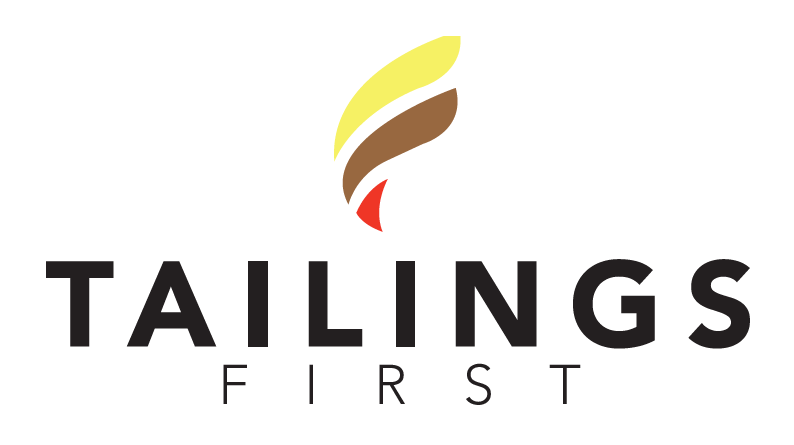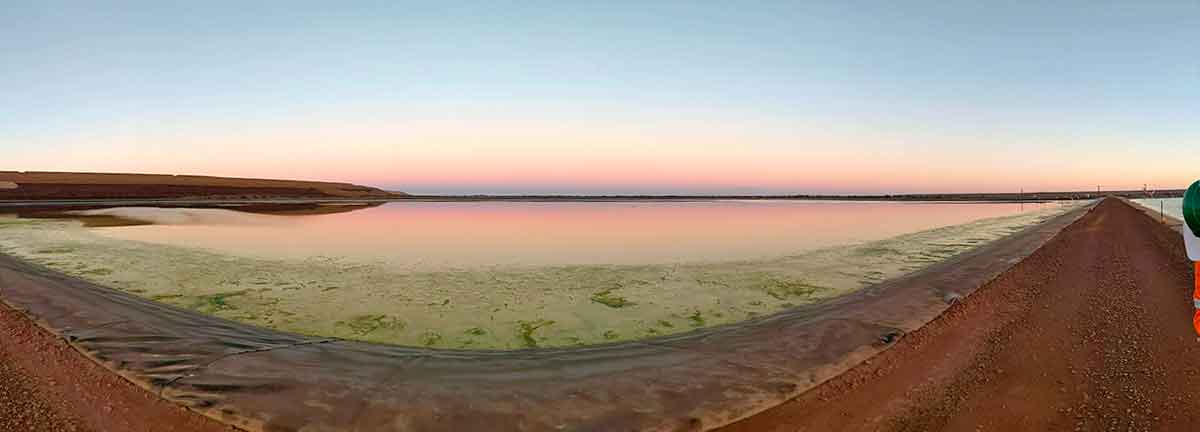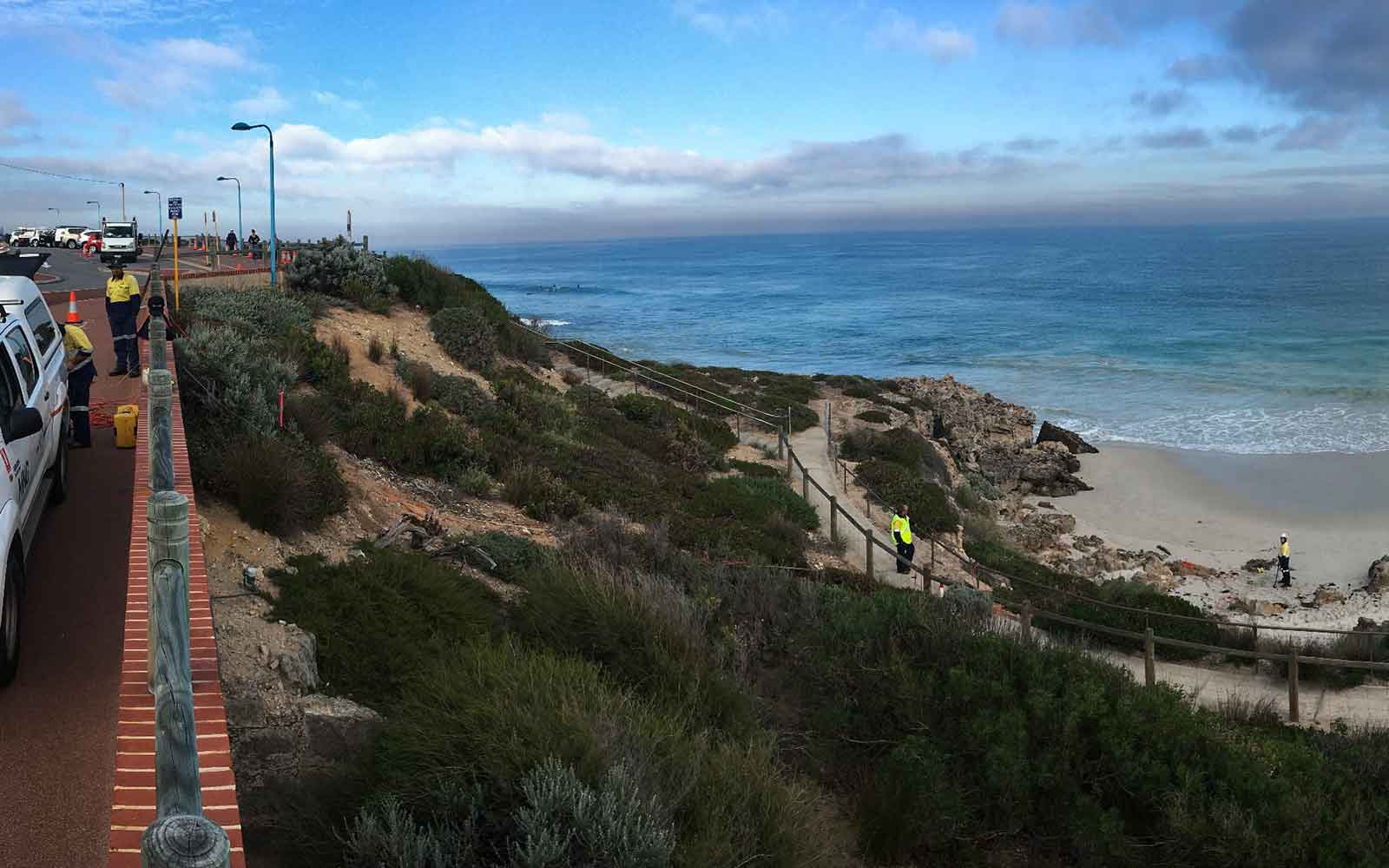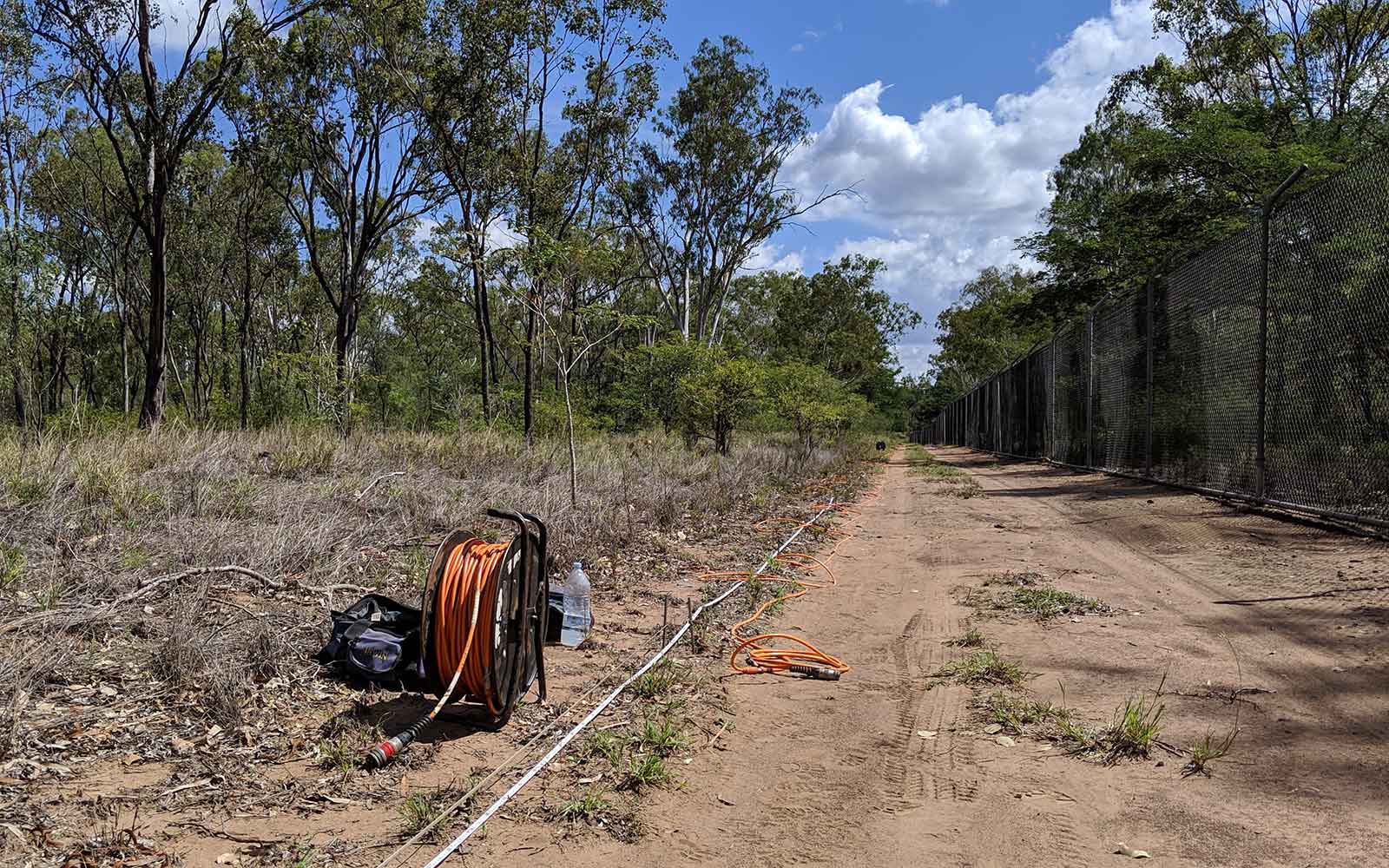Vertical Seismic Profiling
Utilises existing or new boreholes to allow for seismic receivers to be placed at depth improving resolution which is typically lost from surface-only methods.
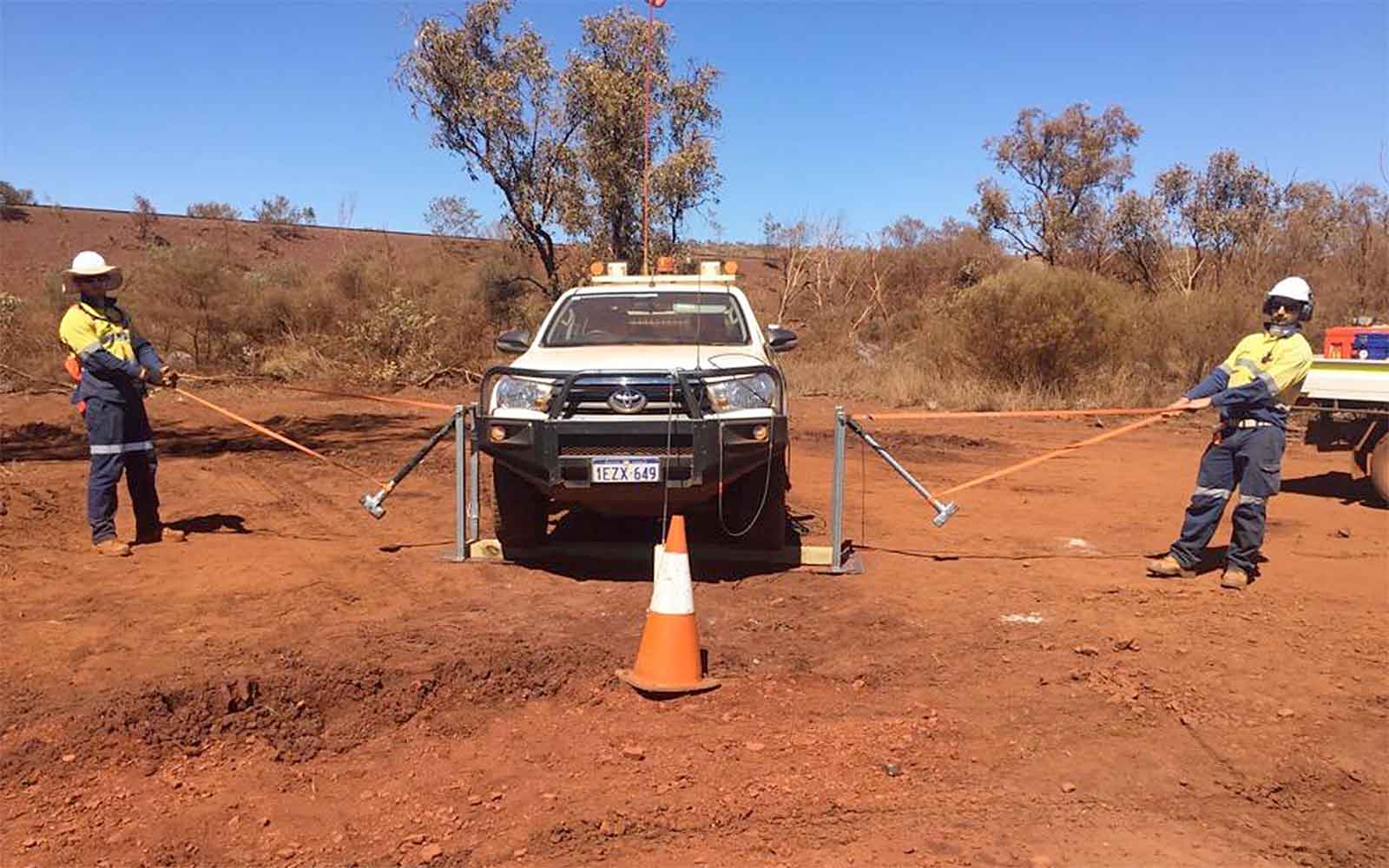
Applications
- In-situ modulus values for geotechnical and civil engineering application
- Material stiffness
- Liquefaction potential
- Engineering parameters for footing and piling design
Method
VSP involves the measurement of variations in seismic compressional waves (P-waves) and shear waves (S-waves) velocities with depth. Seismic P-waves and S-waves are generated at the surface, propagate through the subsurface and are recorded by three-component geophone placed at various depths within a suitably prepared borehole. The data is processed and interpreted for the generation of P- and S- wave seismic velocities and when correlated with soil density can be used to calculate dynamic modulus values including Shear modulus, Young’s modulus and Poisson’s ratio.
A sledgehammer is typically used to generate the seismic energy needed for near-surface VSP investigation with P-wave energy generated by impacting a metal plate placed next to the borehole and S-wave energy by impacting a weighted wooden plank at a horizontal angle. The borehole receiver is composed of three geophones oriented in an x-y-z pattern that record three data channels and are moved up the borehole at regular intervals and secured for each shot. By measuring the direct surface to borehole receiver travel time at various depths.
Data quality and results from VSP are generally higher resolution than surface seismic methods and can be used to correlate surface seismic data in order to provide an improved subsurface model than from surface seismic methods alone.
Data Analysis & Presentation
P-wave and S-wave velocities are calculated from the picked travel times and from the known source to receiver distance at regular depth intervals. The calculated P-wave and S-wave velocities are used to generate Poisson’s ratio and with additional density information a number of geotechnical parameters including the shear modulus, bulk modulus and Young’s modulus can also be calculated.
The results of the VSP method are provided in a table and graphical format giving the calculated parameters including the P-wave and S-wave seismic velocity, and dynamic modulus values at depth increments for each VSP test site. The results can also be correlated with the geological logs for each borehole.
Tailings Management: Get in touch
Consider a 'Tailings First' approach for your facility and avoid creating a potentially catastrophic risk for the environment.
GBG combines industry-proven geophysical methods, geotechnical physical characterisation, hydrogeological modeling and assessment, and airborne methods for point-based data capture in assessing your requirements. Talk to us today for more information regarding this essential service for your tailings facility.
Case Studies
GBG has completed over 1000 projects since its conception with multiple stakeholders and countless clients. GBG is proud to showcase some of these projects.
Enquire Now
We look forward to discussing your project with you, please complete the form below or contact one of our offices directly.
Please note: GBG Group is compliant with the General Data Protection Regulation (GDPR). To learn more about how we collect, keep, and process your private information in compliance with GDPR, please view our privacy policy. *

